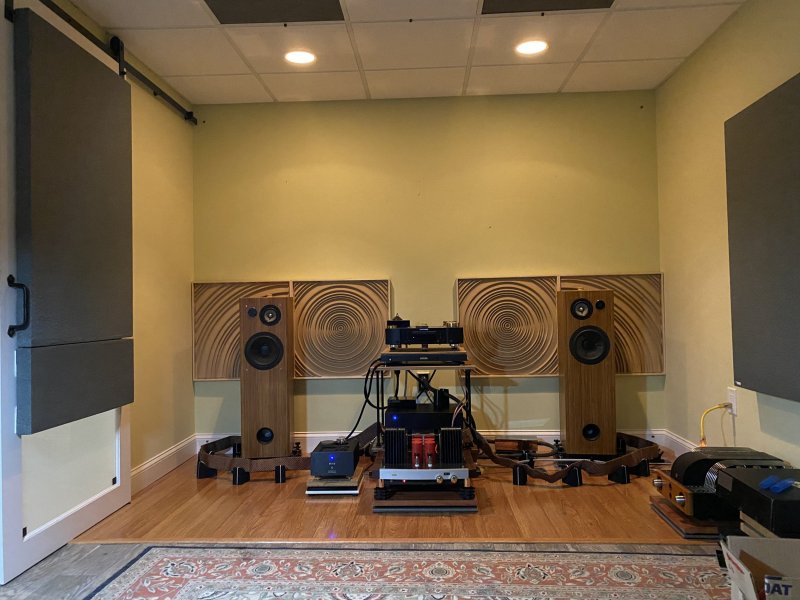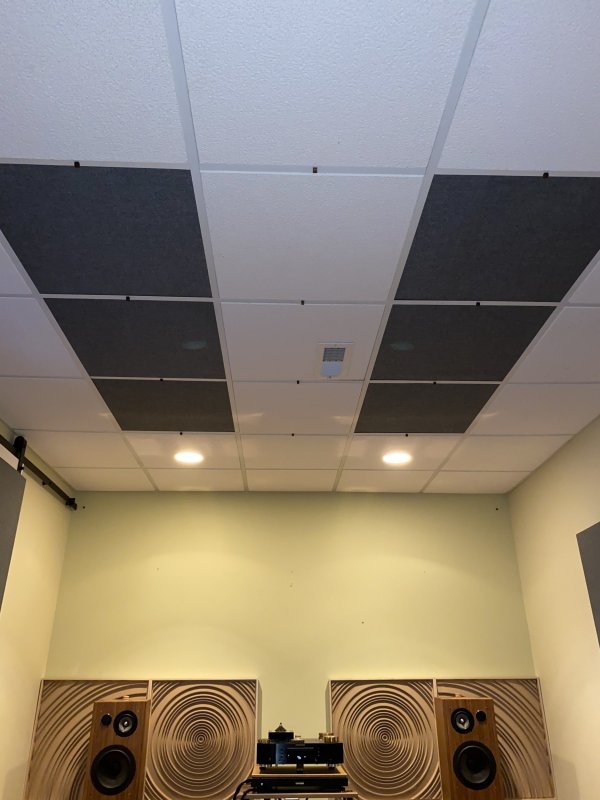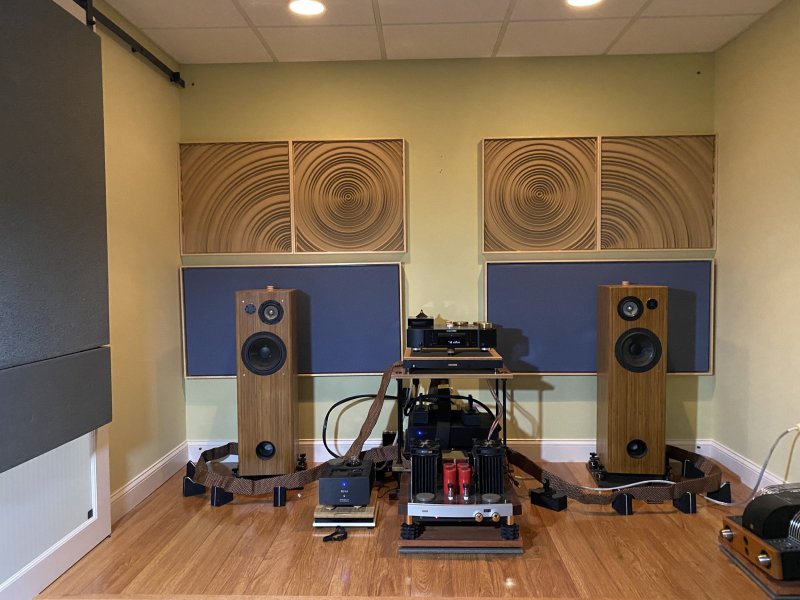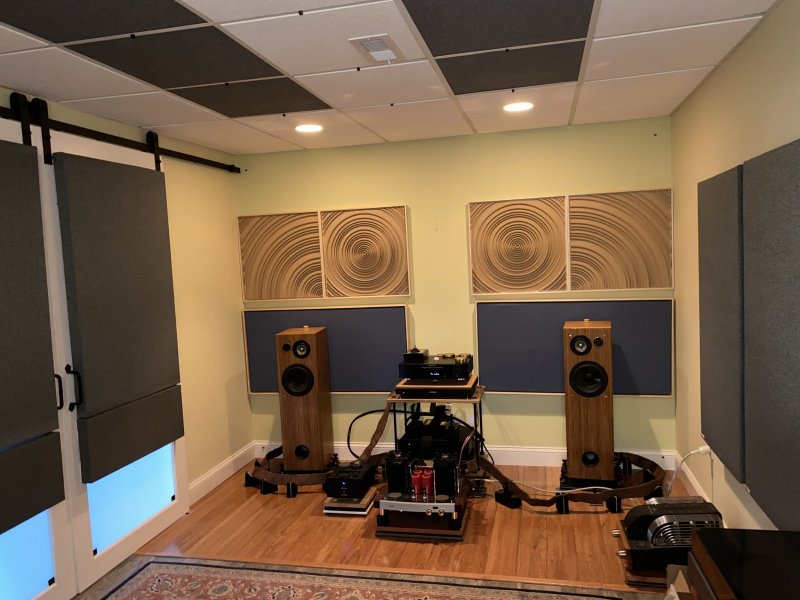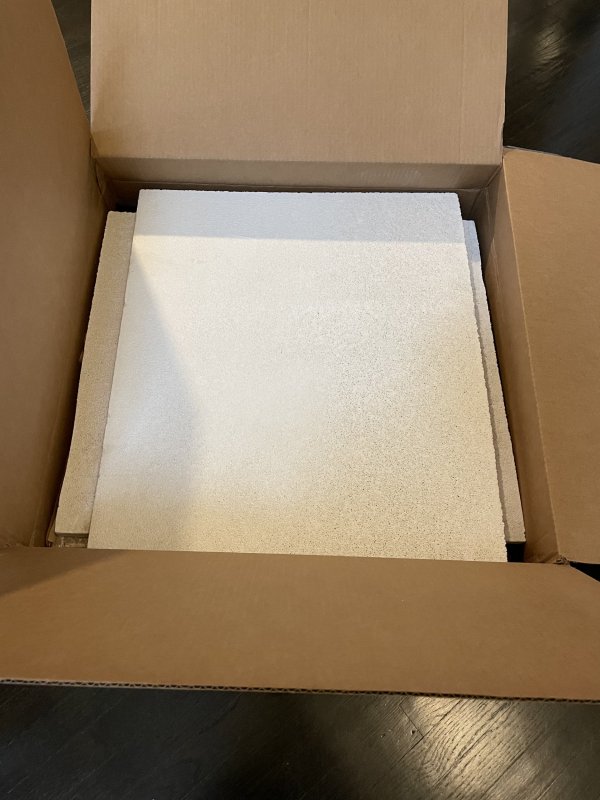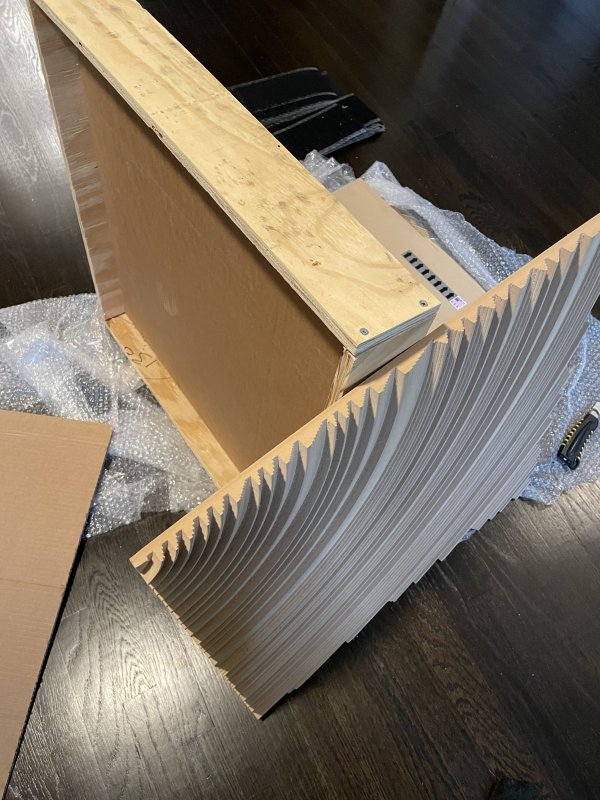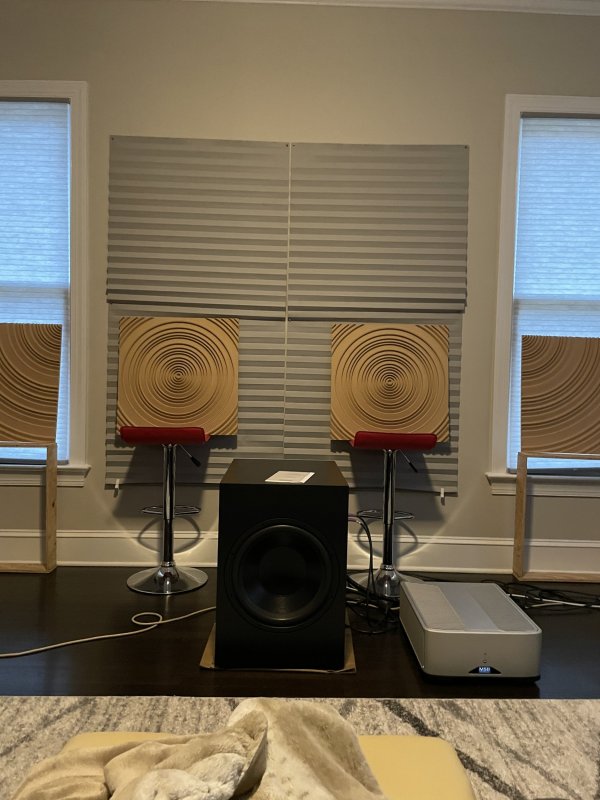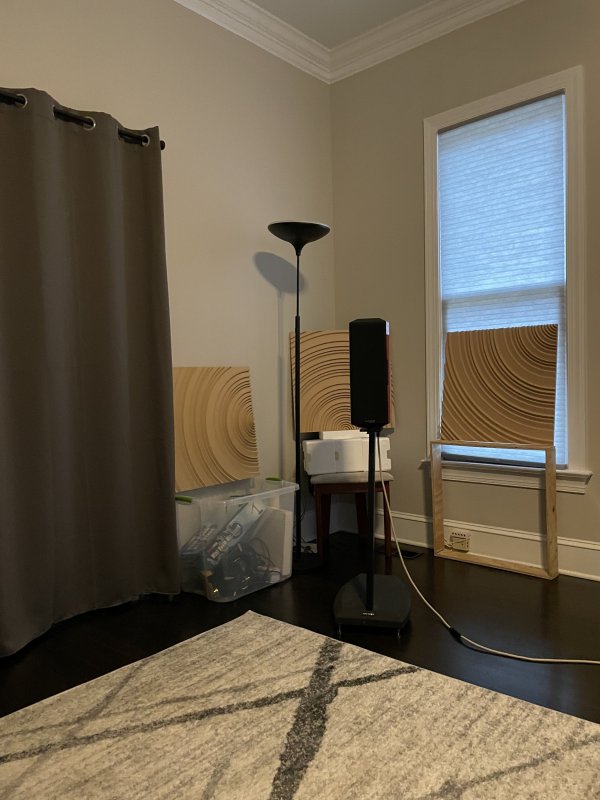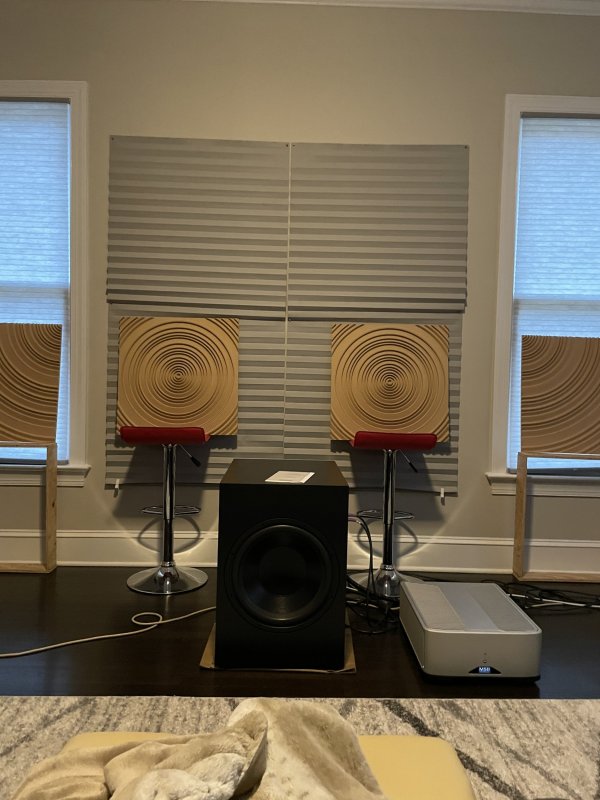Thank you, that link works.Here is the DHDI 2021 comparison chart :
https://deltahdesign.com/wp-content/uploads/2021/01/21-0101-ProductComp-UPP-Final-V1.0.pdf
Always interested in what the next great mouse trap looks like.
EDIT:
The video posted earlier at the 29:00 to 31:00 mark is pretty darn interesting, and gets more weird/exciting from there.
Link:

Hanson Hsu - Hanson Hsu with Bobby Owsinski: Radically Rethinking Room Acoustics Video Tutorial | LinkedIn Learning, formerly Lynda.com
Join Bobby Owsinski for an in-depth discussion in this video, Hanson Hsu, part of Hanson Hsu with Bobby Owsinski: Radically Rethinking Room Acoustics.
 www.linkedin.com
www.linkedin.com
Last edited:




